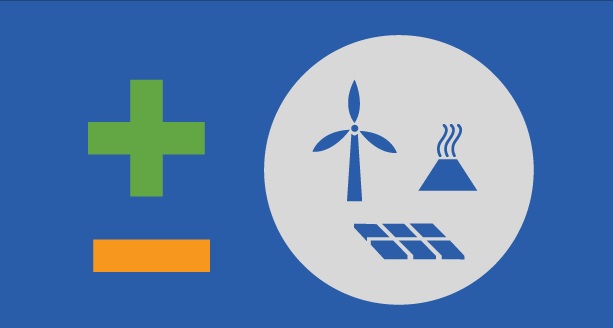Common Types of Renewable Energy and Their Benefits

Fossil fuels have provided you the energy you need to go about your daily activities for many centuries. From keeping the lights on in your homes to getting you to work quickly using cars, and even powering your businesses. Up to this very day, oil, coal, and gas provide about 80 percent of people’s energy needs.
Aside from being quite costly, the continuous usage of fossil fuels has resulted in air and water pollution as well as global warming, which are all threats to humankind and Mother Earth. As an alternative, people worked on looking for renewable sources of energy which, to put things simply, is energy collected from resources that are naturally replenished.
Here are four common types of renewable energy, as well as how you can benefit from them.
Wind Energy
The wind is the most abundant source of renewable energy. To generate energy, humans make use of wind turbines. Wind energy solutions come in a variety of formats, which include two main types of wind turbines: horizontal axis and vertical axis. When a horizontal turbine blade captures the flowing wind, it also captures its kinetic energy, converting the energy into mechanical form.
Unlike other energy forms, it does not release harmful products that pollute the air or harm human health. It can be a cheaper source of energy for windier states. In addition, it can even generate jobs as wind turbines need maintenance and service to run smoothly.
Solar Energy
Solar energy, on the other hand, comes from the radiant light and heat of the Sun. Photovoltaics, solar architecture, artificial photosynthesis, solar thermal energy, and molten salt power plants are the technologies used to harness this type of energy.
Despite it being a clean and renewable source of power, its efficiency undeniably drops during cloudy and rainy days. It is also quite costly. Moreover, it is associated with the pollution because solar cells might emit greenhouse gases. Do note that they still produce fewer air pollutants than power plants that burn fossil fuels.
Like all things, solar energy has its limitations, but its supply is limitless and functionally endless. Above all, it is still a safe and renewable source of energy that is better for the environment than traditional energy sources.
Geothermal Energy
Geothermal energy is a renewable energy source stored below the Earth’s surface. It is contained in the Earth’s rock formations. Sometimes large amounts of heat go out of the surface naturally, which results in volcanic eruptions. The water heats up below the Earth’s surface, producing steam that can be captured to operate turbines. When harnessed, it produces geothermal energy.
This type of energy replenishes naturally, that is why it is not at high risk of depleting. But if the cost is not the problem for this type of renewable energy source, then consider how vulnerable it is to earthquakes, especially in certain areas.
Renewable energy sources have different characteristics people need to understand, from benefits to disadvantages. Although they may cost a pretty penny at the start, you cannot deny the fact that Mother Earth needs people’s help. Remember that there is only one planet. Thus, everyone should also exert efforts so the future generations can enjoy this planet.








